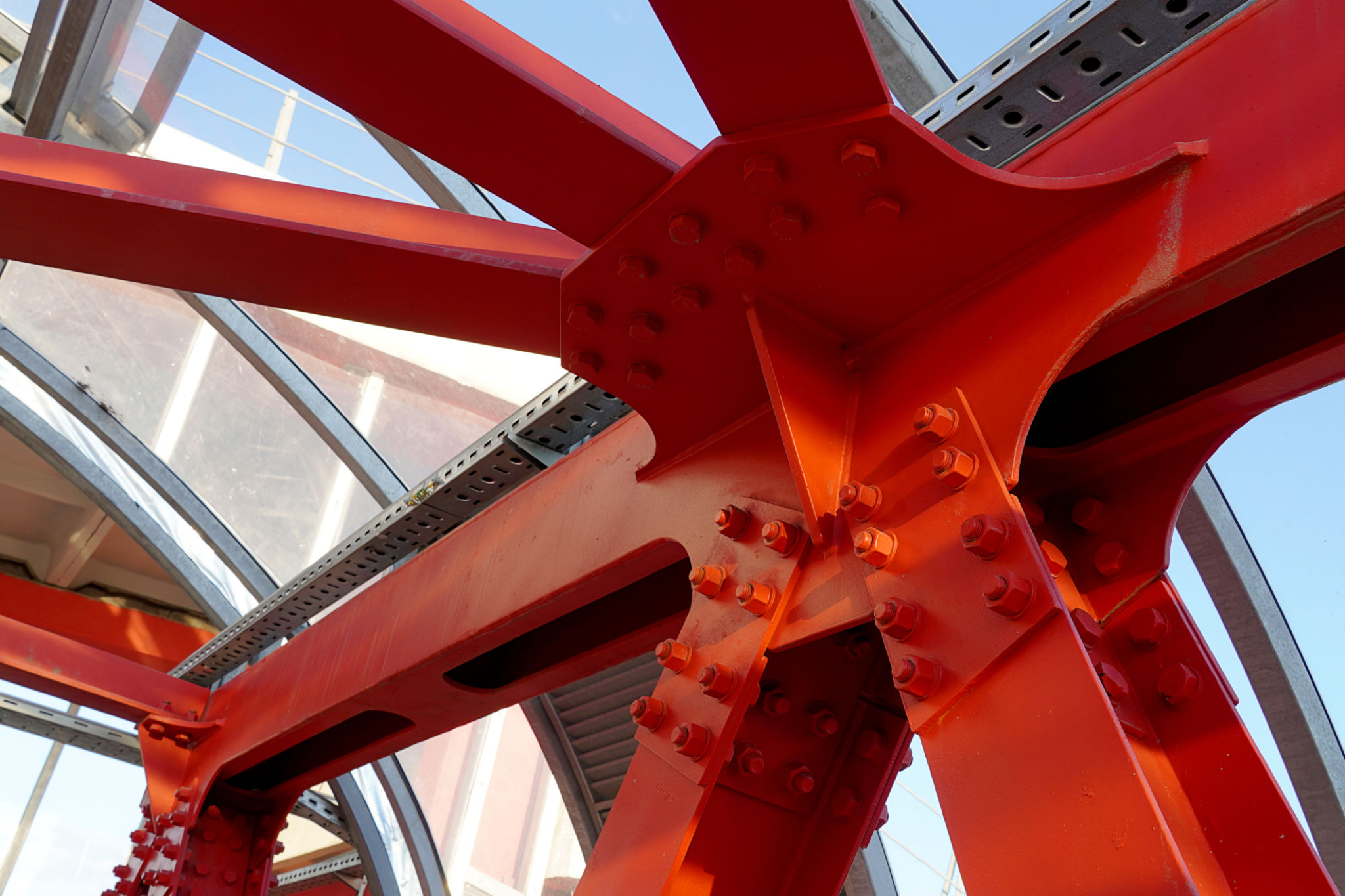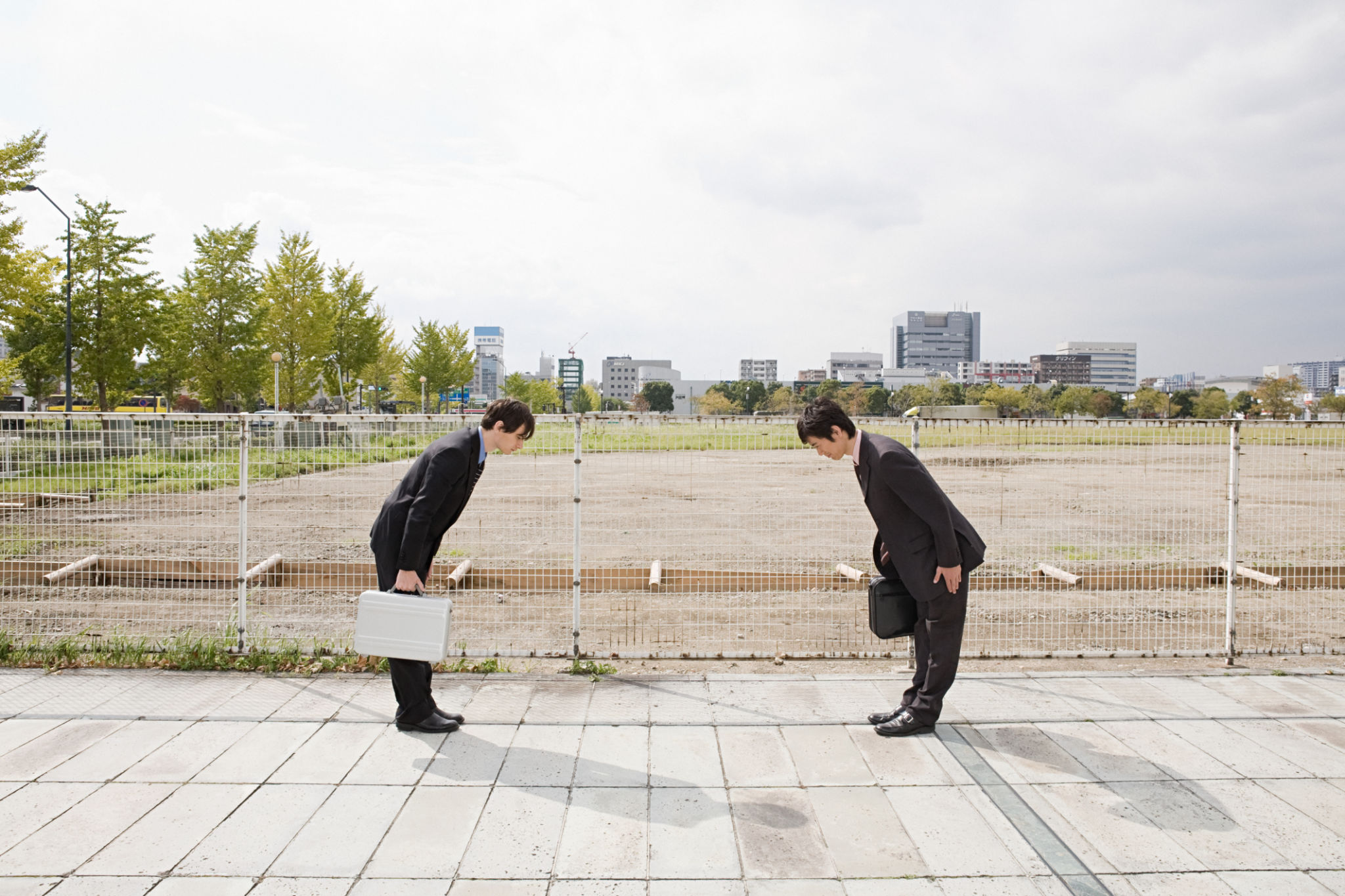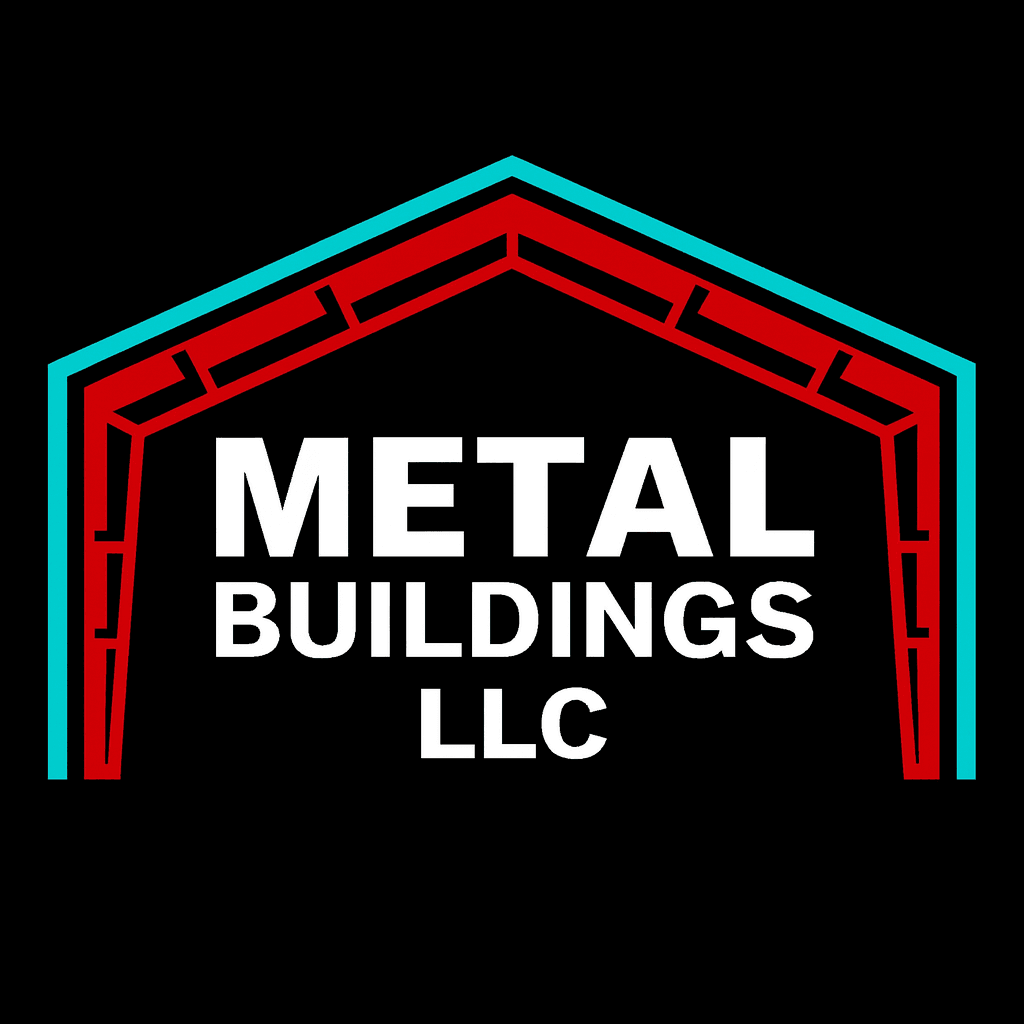Red Iron vs Cold Formed: Which Metal Building Option is Right for You?
Understanding Metal Building Options
When it comes to constructing a metal building, two popular options often come into consideration: Red Iron and Cold Formed Steel. Each has its own unique set of benefits and applications, making the choice dependent on your specific needs. In this article, we'll explore the differences between these two materials to help you make an informed decision.

What is Red Iron Steel?
Red Iron Steel, also known as structural steel, is characterized by its strength and durability. It is called "red iron" because of the red oxide coating applied to protect it from rust during transportation and construction. This type of steel is commonly used in large commercial and industrial buildings due to its ability to bear heavy loads.
The construction process using red iron involves welding or bolting large beams and columns, which provides a robust framework for a wide variety of structures. This makes it ideal for projects requiring long spans or high ceilings, such as warehouses or distribution centers.

What is Cold Formed Steel?
Cold Formed Steel, on the other hand, is created by shaping thin sheets of steel at room temperature. This process improves the steel's tensile strength and allows for more lightweight construction options. Cold formed steel is typically used in residential and light commercial buildings where weight savings and flexibility are important factors.
The advantages of cold formed steel include its ease of handling and installation, as it can be cut and shaped on-site with minimal equipment. Additionally, it provides excellent resistance to corrosion and pests, making it a durable choice for smaller-scale projects.

Comparing Red Iron and Cold Formed Steel
To determine which type of metal building is right for you, it's important to consider several key factors:
- Load Bearing Capacity: Red iron steel can handle heavier loads compared to cold formed steel, making it suitable for larger structures.
- Cost: Cold formed steel tends to be more cost-effective due to its lighter weight and ease of installation.
- Durability: Both materials offer excellent durability, but red iron is preferred for projects requiring maximum strength.
- Flexibility: Cold formed steel offers greater flexibility in design and is easier to modify on-site.
Environmental Impact
Both red iron and cold formed steel are considered environmentally friendly options as they are recyclable materials. However, cold formed steel often has a smaller carbon footprint due to the energy-efficient manufacturing process and reduced material use.
If sustainability is a primary concern for your project, cold formed steel might be the better option. Its lighter weight also means it requires less fuel for transportation, further minimizing its environmental impact.
Making the Right Choice
Your decision between red iron and cold formed steel should ultimately depend on your project's specific requirements. Consider factors such as building size, budget, load requirements, and environmental considerations when making your choice.
For large-scale projects requiring significant structural support, red iron may be the best option. Conversely, if you're working on a smaller project with a tighter budget or seeking eco-friendly alternatives, cold formed steel could be the ideal choice.

Consulting with a professional in the field can provide additional insights tailored to your project needs. By weighing the benefits and limitations of each material, you can confidently choose the option that aligns best with your goals and constraints.
